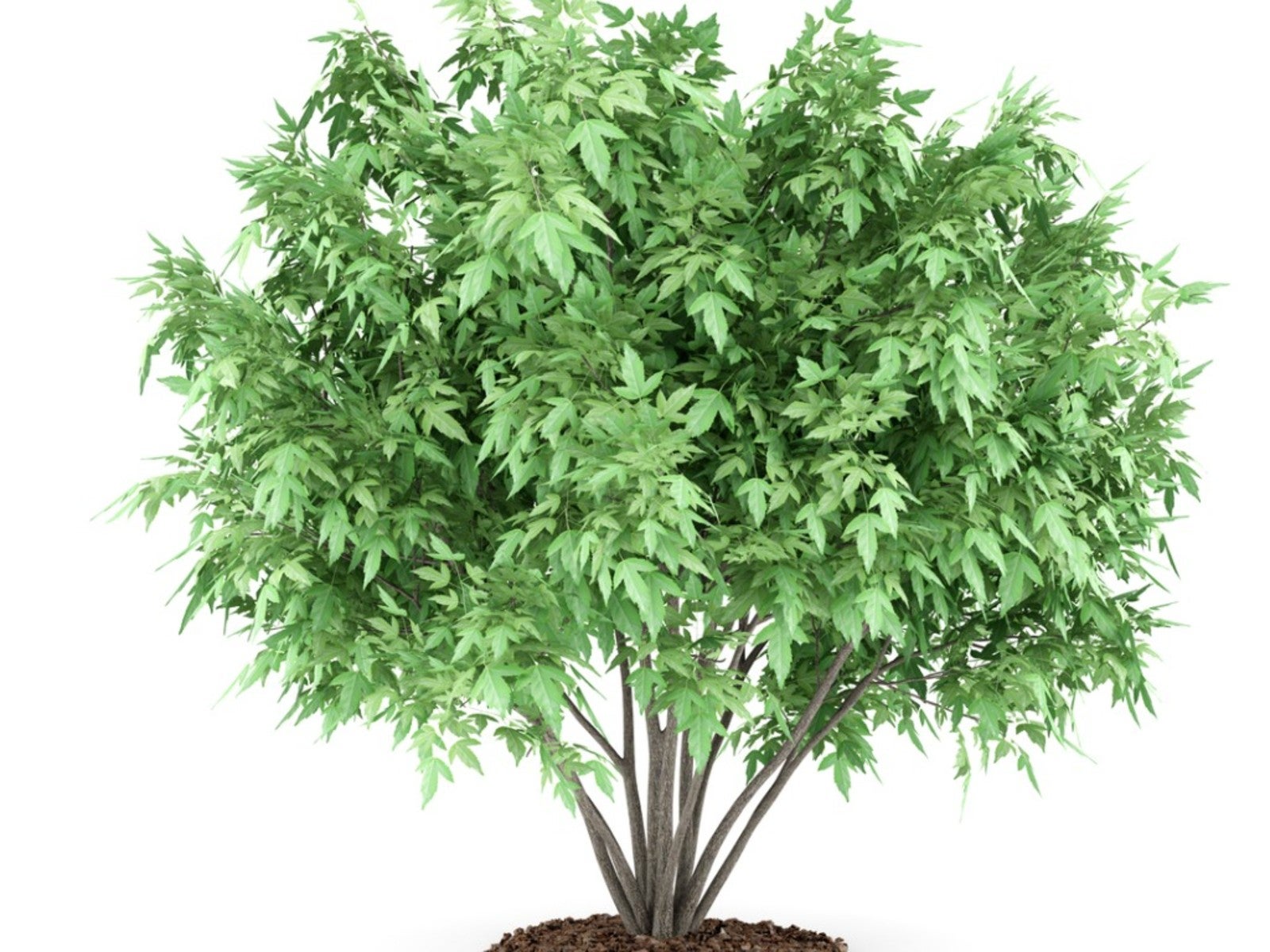Clumping Maples – Learn About Maples That Grow In Clumps


Most maple trees have single trunks and are tall, lovely specimen trees. They have the classic lobed leaves that turn bright colors in autumn. You can also find maples that grow in clumps. Some clump maples, like red maple, are varieties of maple with multiple trunks. Others, like vine maple, are true maple clumping varieties. Read on for more information on clumping maples.
Clump Maple Trees
Maples are one of America’s favorite trees with lovely flowers in the spring, curious whirligig seedpods in the summer, and brilliant, fiery leaves in the fall. While most maples grow into tall shade trees on single trunks, a few varieties of maples grow in clumps.
Most clumping maples can be found in commerce in a single trunk growth habit. Maple clumping varieties include the Amur maple, hedge maple, paperbark maple, and vine maple. These trees do not grow very tall when they have a clumping growth pattern and often grow taller when sold as single trunked trees.
Maple Clumping Varieties
The vine maple (Acer circinatum) is one of the clumping maples more often sold as clump maple trees than single trunked trees. They are native to the Pacific northwest and thrive in USDA zones 4 through 8.
Amur maples (Acer ginnala) are clumping maples that only grow to about 15 feet (5 m.) tall. Famous for their cold hardiness, they thrive in USDA zones 3 through 8. They are considered invasive in some states because of the thousands of seedpods produced by each tree.
Maples That Grow in Clumps
Paperbark maples (Acer campestre) with their cinnamon colored exfoliating bark can grow to 50 feet (17 m.) tall. Hedge maples (Acer campestre) grow to 35 feet (12 m.) tall. Both are hardy in USDA zones 5 through 8 and can be found in clumping forms. They are also sold as single trunked trees.
Some maples that grow in clumps are maples with multiple trunks. One example is the red pointe red maple (Acer rubrum 'Redpointe’). It is a multi-stemmed deciduous tree with an upright growth habit. It is a popular shade tree growing to 45 feet (15 m.) tall and 30 feet (10 m.) wide.
Sign up for the Gardening Know How newsletter today and receive a free copy of our e-book "How to Grow Delicious Tomatoes".

Teo Spengler is a master gardener and a docent at the San Francisco Botanical Garden, where she hosts public tours. She has studied horticulture and written about nature, trees, plants, and gardening for more than two decades, following a career as an attorney and legal writer. Her extended family includes some 30 houseplants and hundreds of outdoor plants, including 250 trees, which are her main passion. Spengler currently splits her life between San Francisco and the French Basque Country, though she was raised in Alaska, giving her experience of gardening in a range of climates.